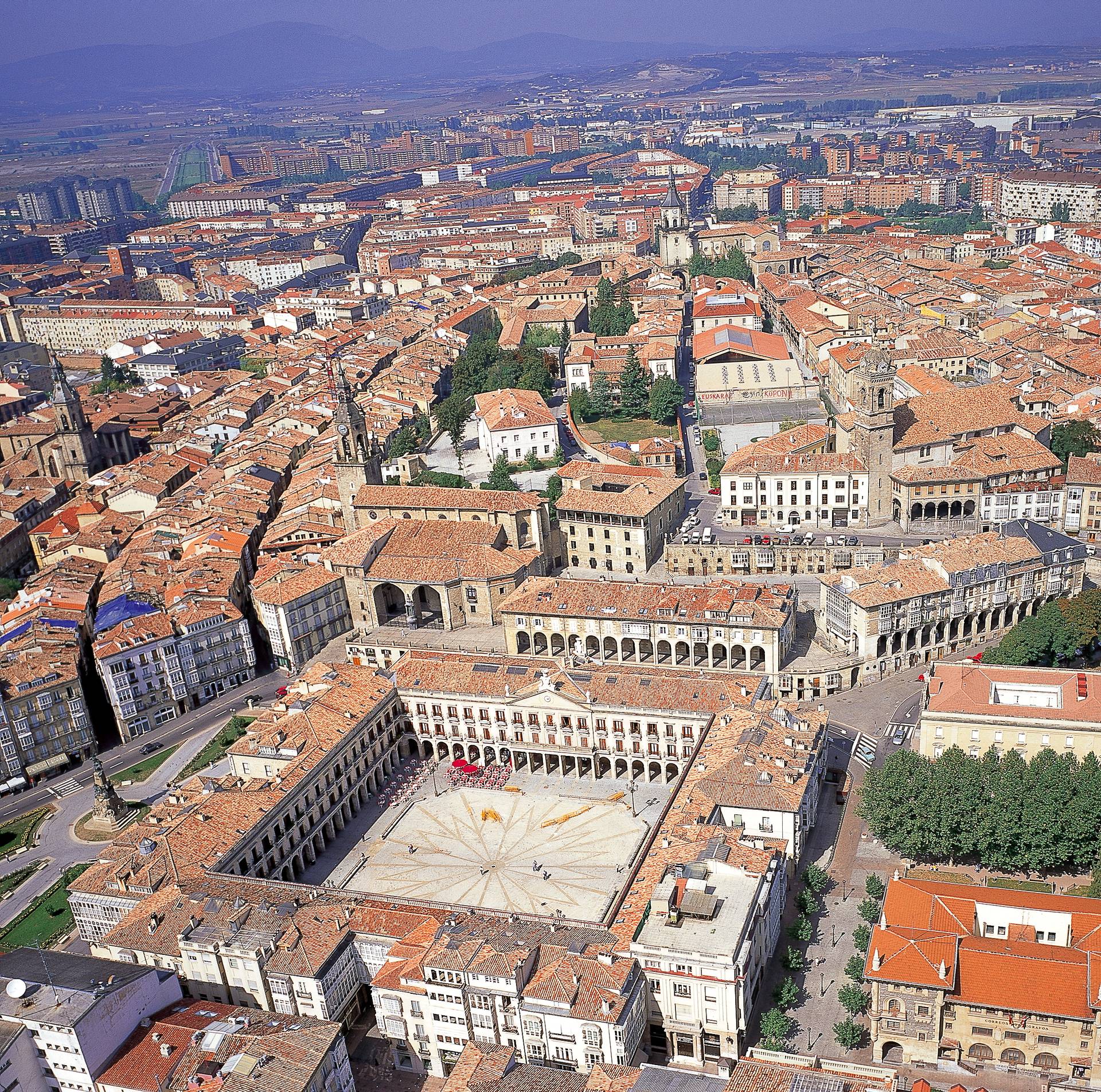Have you seen a typewriter lately? What about a camera? When’s the last time you read a newspaper? Have you played any records recently or written a letter to a friend…I mean on paper, with a pen, in an envelope, and in the mailbox?
Do you remember when photographs were taken with cameras on film which you sent away to have printed on paper? In 1998, Kodak had 170,000 employees and sold 85 percent of all photo paper worldwide. Within a few years they went bankrupt.
Digital cameras had been invented in 1975, but the folks at Kodak were unable or unwilling to see the future coming.
Like digital cameras, a whole range of other new technologies are heading our way. One of the reasons we don’t see them coming is because their development starts small, but grows as the new inventions are refined and improved. We know these advances have been made, but we think they are on the fringe and won’t take off.
Then suddenly they are everywhere, and our lives have been transformed.
Here are just a few of the prophets’ predictions:
- In the next five to ten years software will continue to transform traditional industries. You know about Amazon and shopping. Another example is Uber. It is only a software tool, but without any cars, garages and paid drivers, Uber is already the biggest taxi company in the world.
- Artificial Intelligence – In the U.S., young lawyers find it difficult to find jobs. Because of IBM Watson, you can get legal advice within seconds, and IBM Watson already helps medical staff diagnose cancer more accurately than humans.
- Autonomous Cars – In 2018, the first self-driving cars will appear publicly. Around 2020, the complete industry will start to be disrupted. You don’t want to own a car anymore. You will call a car with your phone which turns up and delivers you to your destination. This will transform every aspect of motor transportation.
- Electric cars will become mainstream by 2020. Cities will be less noisy because most cars will be electric. The need for fossil fuels will drop dramatically.
- Electricity will become incredibly cheap and clean. Alternative electricity production has been quietly expanding for the last thirty years.
- Water Supply – Desalination uses lots of energy, but with cheap electricity we can re-claim salt water economically.
- Health – a medical device that works with your phone will scan your retina, sample your blood sample and analyze your health.
- 3D Printing – The price of the cheapest 3D printer came down from $18,000 to $400 within 10 years. No need to produce and store spare parts. They can be printed when needed.
- Medicine – Look for more transplants, artificial human body parts, trans species experiments and genetic engineering to eliminate disease.
What is the Catholic response to this brave new world?
Some people want to take the Luddite ostrich approach. The Luddites were farm workers who went around sabotaging the new mechanical harvesters and threshers, and the ostriches famously put their head in the sand.
But running away is never the way.
The Catholic Church has stood strong down the centuries because she has welcomed advances in technology and learning while also being cautious. Technological advances are always subject to certain guiding principles.
Technology in and of itself is rarely evil. Most human inventions are merely tools which can be used for good or evil. Therefore we ask what good might come from a particular invention and what evil might result.
The foundational principle is always the good of the human individual, the good of the family and the good of human society. This sounds like a simple and easy solution, but as usual, the Catholic solution is always simple, but never easy.
To say that any new technology should benefit the individual, the family and society sounds like utilitarianism—the belief that if something works and makes things better it must be good. The problem with utilitarianism is that it is a purely materialistic philosophy. It doesn’t take into account the existence and destiny of the human soul or the eternal dimension of goodness.
Therefore, when Catholics ask if a technology is good or evil we consider whether it has the potential to improve not only the person’s standard of living, but also whether it has the potential to enhance their chance of eternal life.
Technologies which eradicate disease, obliterate poverty and help people live longer and healthier lives must be good. However, any technology which destroys or damages human life to pursue a perceived good becomes suspect.
Thus genetic engineering and reproductive technologies that destroy human embryos, cause abortions and sterilization must be condemned. Transformative medical procedures which mutilate and damage the human body, mind and spirit must be condemned.
Technologies that produce a good effect, but in doing so rely on unjust cheap labor, destroy the environment or create poverty through unemployment or economic inequality cannot be completely good.
Military technology which is designed for indiscriminate mass destruction must be evil, and any technology which, of itself, furthers an entertainment culture that is vulgar, violent and shallow should be challenged.
While we look for the good in the new technology, we are also aware that unintended negative side effects almost always accompany technological advances.
Some of the new technologies are so advanced and awesome in their potential that we may be like children playing with matches and a can of gasoline in an ammunition dump.The Catholic response to rapid change is therefore one of balance. We welcome human ingenuity and creativity, while being cautious.
Despite the best intentions and the best inventions, we may be creating monsters unaware.













